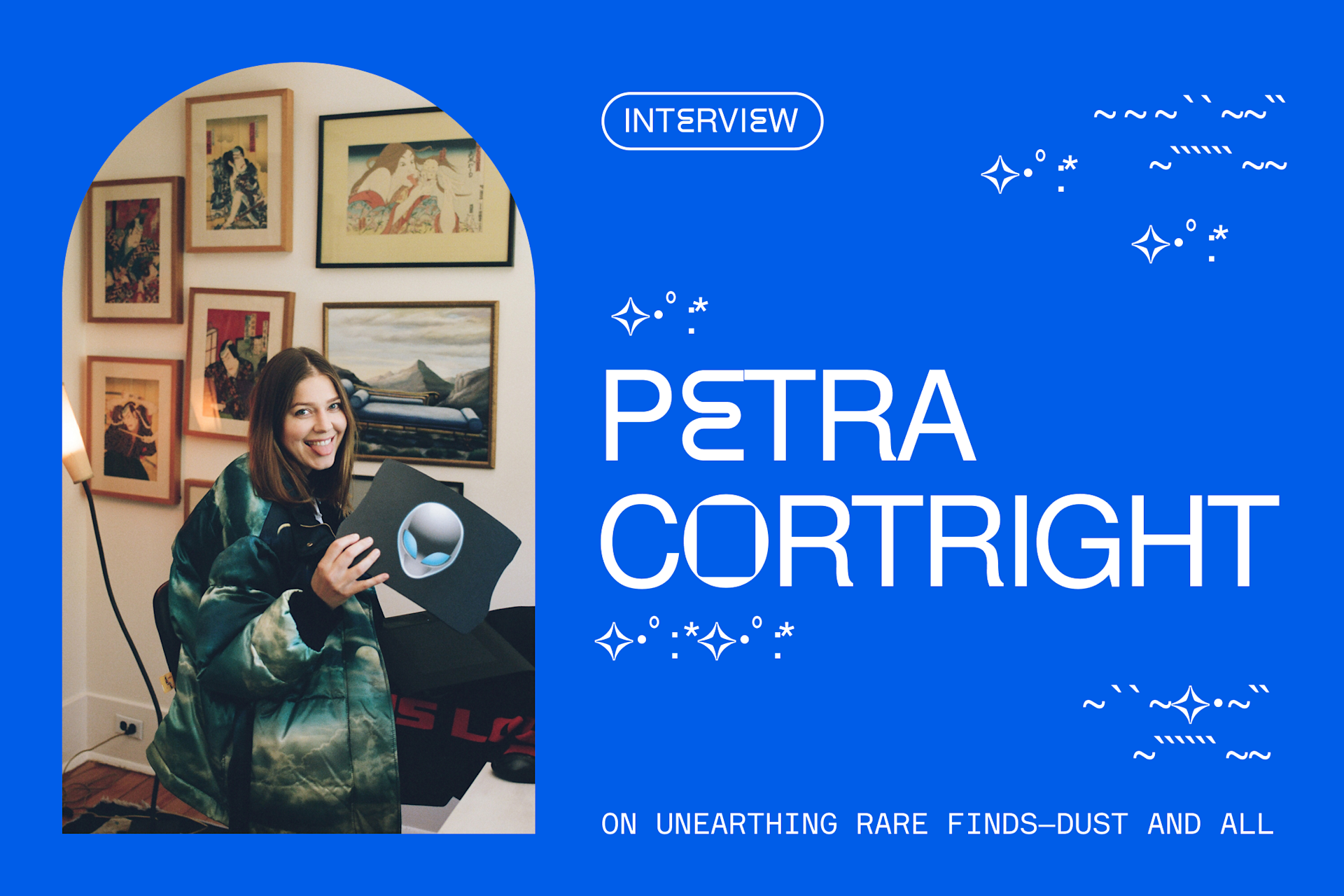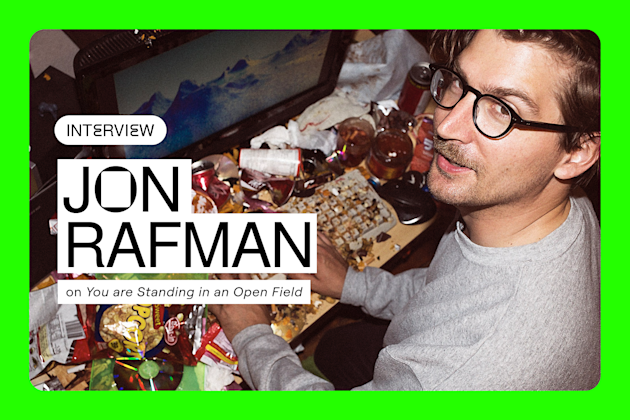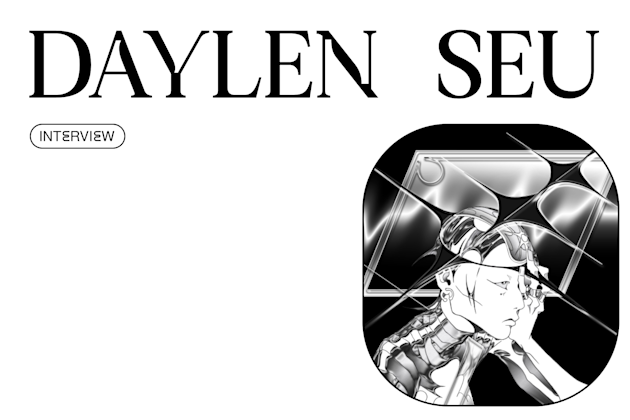Petra Cortright on unearthing rare finds, dust and all.

Long before anyone minted their first NFT, Petra Cortright made a medium out of YouTube. Like how artists on Foundation upload their work and—to put it simply—profit off its popularity, she created a practice of setting sale prices based on views.
As the director/actor/editor of her video works, she generates a poignant perspective of how we manicure and distort ourselves through our screens—a line of commentary that’s only become more relevant as Covid has moved so much daily life to Zoom and other digital interactions.
As a long-standing star in the net-art community, her work has been shown by Frieze Art Fair, the Venice Biennale, New Museum, Rhizome, Los Angeles County Museum of Art, and the Hammer Museum, to name a few, but, as she says in our interview below, she’s “always” been making work that’s well-suited for minting: low-res, easily shareable, and with some grit and artifacts that make it amusingly human.
I imagine there isn't anyone on the internet who doesn't know who you are at this point, but if there was some alien who came down to planet Earth, how would you describe your practice?
No, that’s not true (laughing)—I still enjoy a great amount of anonymity. I make self-portraits and landscapes. The videos are self-portraits and my paintings are still lifes and landscapes. I have extremely classical, romantic views about art. The things I make are quite simple, actually. Don't let anyone tell you otherwise.
What was it like growing up in your family?
My parents were both artists—my dad was a sculptor and a printmaker and my mom a painter. I grew up with a lot of Outsider Art in the house, and I still have a big appreciation for self-taught artists today. I was surrounded by paintings on wood and cardboard, and all kinds of weird materials. Art was everywhere and it was like, “We love this, isn't it so wonderful?" My view toward art was really shaped by that simple unpretentious perspective.
Growing up in California, I have a West-Coast color palette, and in some of the paintings, I try to achieve the depth and vastness that is present in the landscapes here. You can see for miles and miles, there are huge mountains and a big ocean, and a lot of different biomes. All of these things seeped into my brain, and it shows up in my aesthetics.
What's your day-to-day life like nowadays? Who's the real Petra?
Since I became a mom, my time is more fragmented and I work way harder because I have less time to waste. I’m in my studio every day. I work out every day. I hang out with my son. I have a very simple life, which is actually very ideal for making work and just… living.
I loved your webcam videos when I first saw them because I felt like you were giving us a masterclass on the most powerful ways to use these consumer technologies. What was going through your mind when you started making webcam videos in 2007?
I went back through my hard drives because I was interested in posting a “vintage” piece on Foundation. I realized that I actually don’t have a lot of early webcam videos (I consider pre-2010 early, post-2010 versions would become a huge part of my work). I made them in the same way a student completes a school assignment. Once I finished something, I’d be like, "Okay, this one's done," and then move on to something else. The early videos are playful one-offs. The one thing that carries through them all is that I have a punk attitude about making work and I truly love messing around with nothing in particular on the line.
The first couple of years that I was making the videos, I had had enough confidence to have dropped out of school but was not yet completely confident in myself as an artist. Later on, I realized that I wanted to be more thoughtful about the performance, give myself more than one take, and figure out which one communicated what I wanted to say most clearly. 2010 was the time that I started thinking about my art as a more serious artistic performance or practice.
Over a decade ago, you started monetizing your webcam videos based on their current view count on YouTube. I see that model as an important precursor to NFTs because it was all about increasing value through distribution, while still maintaining the single edition on YouTube. How did you come up with that idea?
In 2008, I was working with artist Paul Slocum at AND/OR Gallery and he asked me how I wanted to price my webcam video in the exhibition. I jokingly said to him: “This makes me so uncomfortable. I wish we could just charge 10 cents per view on YouTube, and let the viewers decide the market value.” I didn’t want to take responsibility for pricing my own work, or be too precious or serious about it; I like to keep things light-hearted when it comes to distribution. Paul was very amused by the idea, and ended up doing it—and people enjoyed it and found it really interesting.
The first artwork I ever sold was a JPG displayed on a screen in 2008, and I had such bad imposter syndrome. I wondered out loud, “Am I going to get in trouble for this? This can’t be real. There’s no way I can pay my rent with a JPG. This is crazy.” That feeling has never really gone away, honestly. I never expected to make a stable living through art.
The thing that excites me most about NFTs is the potential for collaboration. My first NFT was a project in collaboration with my friend Jaime Whipple, and it was a joy to work with him. This is the first year in a while that I've actually felt a bit more hopeful about the internet overall again.
A lot of people will know you for your digital paintings. How do you see the relationship between the digital paintings and your webcam videos?
They're quite similar with the different iterations and layering. In the paintings, almost every brush stroke you see is on its own separate layer. With the videos, when I started building my paintings more with more complexity, the same thing actually happened with the videos because I've used the same software for so long, for years and years already, I felt like some of the effects were a little stale. And so by 2013, I was feeding different programs through each other and layering the effects to make them custom.
The other thing I would say about that is a string between both practices is the best work or the best ones are always incredibly intuitive. I really try not to think about what exactly I'm going to do before I do it. I always have the most joy doing that. And I love the mystery of it. It keeps me interested in making work. I actually am a big believer in mystery. I don't think there's enough of it in the world anymore with everyone so online and seeing every little detail of everything.
It's nice to just have some things remain unexplained and let them work themselves out or come to the surface and not exactly know why. Mystery and beauty go hand in hand.
Your debut NFT on Foundation is a never-before-seen file from one of your earliest webcam videos. How did you choose this piece, and what do you want people to know about it?
This is the first time I ever did multiple takes for any video. The thing to know about the webcam videos is that they were almost all shot in one take, and they are of a certain era that has now passed. I can’t go back in time and make more. So this video file is extremely rare. I get so used to seeing whatever has been online for years, and actually forgot this file existed until I started digging through my hard drives. I was very surprised to discover that I had an alternate version. And there's a difference in the sparkle color. The ones that have been online for years, the sparkles are pink. And then there's another one that's green. These versions are gold. The movement, the decisions that I make throughout the video are different as well—but a variation. I can tell in the video it's the first time I am thinking about doing another take, but it's probably only something I would be able to notice.
The piece itself was made on my mom’s laptop with proprietary software on a specific Dell computer model, and I haven’t been able to find it since.
It’s also, hilariously, a two-minute video, which is pretty long for an NFT, but still under 40MB. I find it funny that I’ve pretty much always been making art in an NFT-ready format because it’s low-res and easily shareable. I have never made slick or polished files, my work has always had some grit and artifacts in it. I find leaving in some “dust” makes it more human. It's not perfectly rendered, it's not high res. I hope that people are amused by that aesthetic in this space.
Read more

Jon Rafman on standing in an open field.

K-HOLE gets sucked into NFTs.
